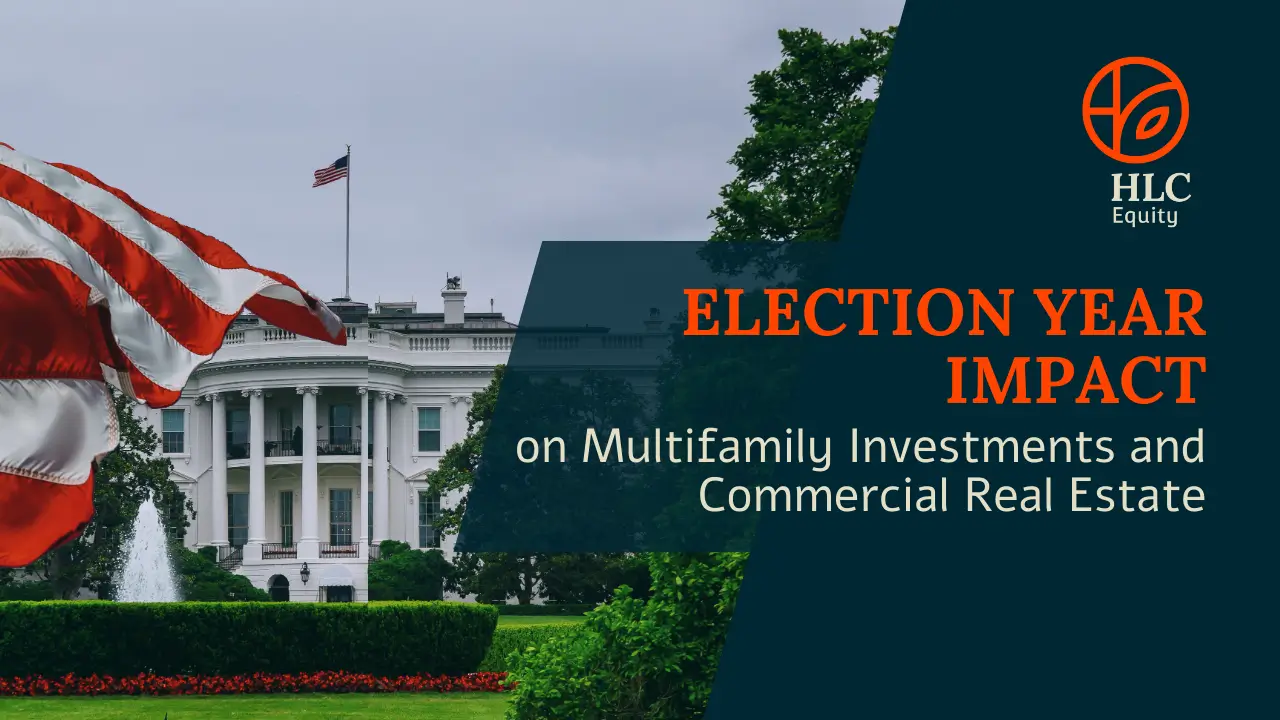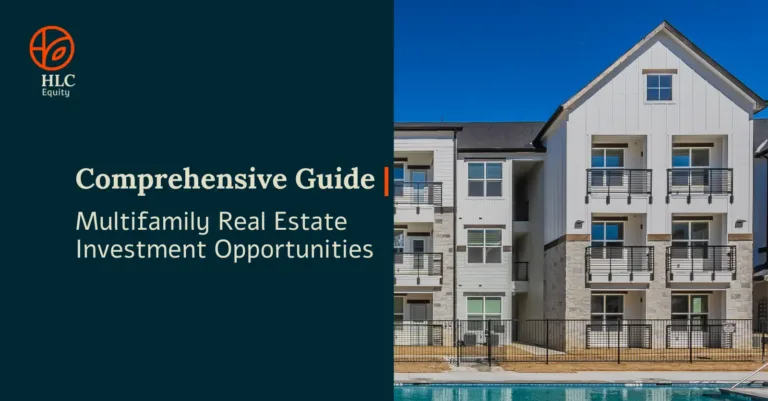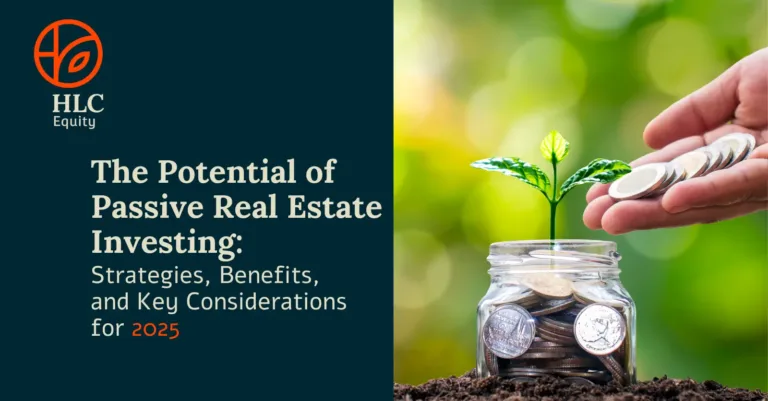
HLC EQUITY
Election Year Impact on Multifamily Investments and Commercial Real Estate
Election years inevitably stir the waters of the economy and the commercial real estate markets. As political campaigns unfold throughout the year and candidates propose their visions for future governance, investors of all shapes and sizes prepare for potential shifts in policy that could impact their investments. The CRE landscape is no different. Understanding and anticipating these impacts is crucial for navigating through possible uncertainties that accompany election cycles and what changes may be on the other side.
6 Ways Election Years Can Impact Commercial Real Estate
- Election years often spark debates on regulatory reforms that can directly impact multifamily and commercial real estate. Policies regarding zoning regulations, rent control, taxation, and environment may be put under the spotlight and face potential revision, altering many factors that are core to CRE – property development, ownership structures, and operational dynamics and more.
- From an investor perspective, political uncertainty during election years can heavily influence investor sentiment and result in changed (often more conservative) behavior. Investors may adopt a wait-and-see approach as they evaluate the potential ramifications of policy changes on multifamily properties. However, long-term investors may view election years as opportunities to capitalize on market fluctuations and invest in assets at favorable terms.
- Interest rates and monetary policy are another area that often fluctuate during the period leading up to elections. The Federal Reserve’s monetary policy decisions, including changes to interest rates – which has been quite active over the past years – are closely monitored during election cycles. Political factors can influence these decisions, affecting borrowing costs for developers and investors in commercial projects. Fluctuations in interest rates impact the affordability of multifamily acquisitions and development projects, other macro-economic factors, and consequently shaping investment decisions.
- Similarly, inflationary pressures during election years can impact multifamily real estate investments. As we’ve seen in trying to manage inflation, the rise may lead to increased construction costs, maintenance expenses, and operating costs for certain properties. Investors should assess the potential impact of inflation on rental growth rates and adjust investment strategies accordingly.
- Election years coincide with shifts in economic outlook and job market dynamics as well. Political uncertainty may lead to fluctuations in consumer spending and job growth, impacting the demand for multifamily housing. Real estate investors should monitor job market indicators to gauge occupancy rates and rental growth potential in different regions.
- Rental Dynamics are at the core of a successful multifamily investment. Election years may influence cost dynamics between consumers renting and owning residential properties. Economic policies proposed by candidates may impact wage growth, employment levels, and consumer spending, influencing the demand for rental housing. Also, changes in housing policies and mortgage regulations can affect homeownership affordability. Real estate investors should analyze rental growth projections and market fundamentals to identify areas with strong rental demand and potential for rent appreciation.
Monitoring the Market and How Real Estate Investors Can Maximize Opportunity:
So how can investors use this information to their benefit? During election years, investors should pay close attention to policy proposals related to housing, taxation, and rental regulations. Understanding how these proposals could impact multifamily investments is crucial for adjusting strategies accordingly. Additionally, monitoring economic indicators such as GDP growth, inflation rates, and job market data can provide insights into potential shifts in occupancy rates, rental growth, and investment returns.
Interest rate decisions by the Federal Reserve should also be closely tracked during election cycles, as changes in interest rates can affect costs and asset performance. Therefore, maintaining a focus on market fundamentals, including demographic trends, rental demand, and supply dynamics, is essential. Identifying markets with favorable characteristics for commercial investments and assessing potential risks associated with election-related uncertainties can help investors make more informed decisions.
In summary, election years bring a mix of challenges and opportunities for investors in the CRE market. However, understanding the potential impacts across the entire landscape can position you well. Investors can take advantage of election years as they would in non-election years: by maintaining a long-term investment focus. However, diversifying investment portfolios across different markets and property types may help mitigate risks associated with short-term market fluctuations and election cycles.
—
As a multi-generational commercial real estate investment firm, HLC Equity leverages our deep experience to deliver value to our investors and stakeholders. Our approach is rooted in a proven investment strategy, coupled with a keen understanding of navigating a variety of market cycles. Throughout election cycles and beyond, HLC Equity remains committed to building lasting relationships and generating strong returns for both current and future investors. Contact our team to learn more about how you can invest alongside us in institutional-grade opportunities.


